Cornell structural biologists took a new approach to using a classic method of X-ray analysis to capture something the conventional method had never accounted for: the collective motion of proteins. And they did so by creating software to painstakingly stitch together the scraps of data that are usually disregarded in the process.
Author: sarah Jonas
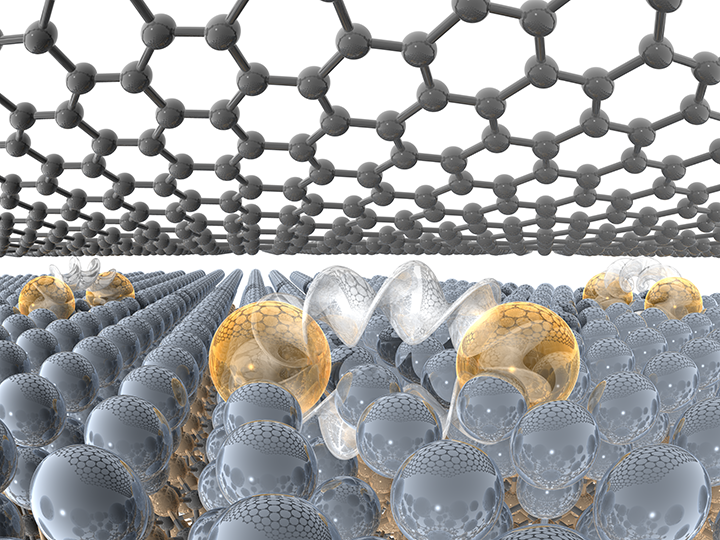
Two-Dimensional Metals Open Pathways to New Science
A new, atomically-thin materials platform developed by Penn State researchers in conjunction with Lawrence Berkeley National Lab and Oak Ridge National Lab will open a wide range of new applications in biomolecular sensing, quantum phenomena, catalysis and nonlinear optics.
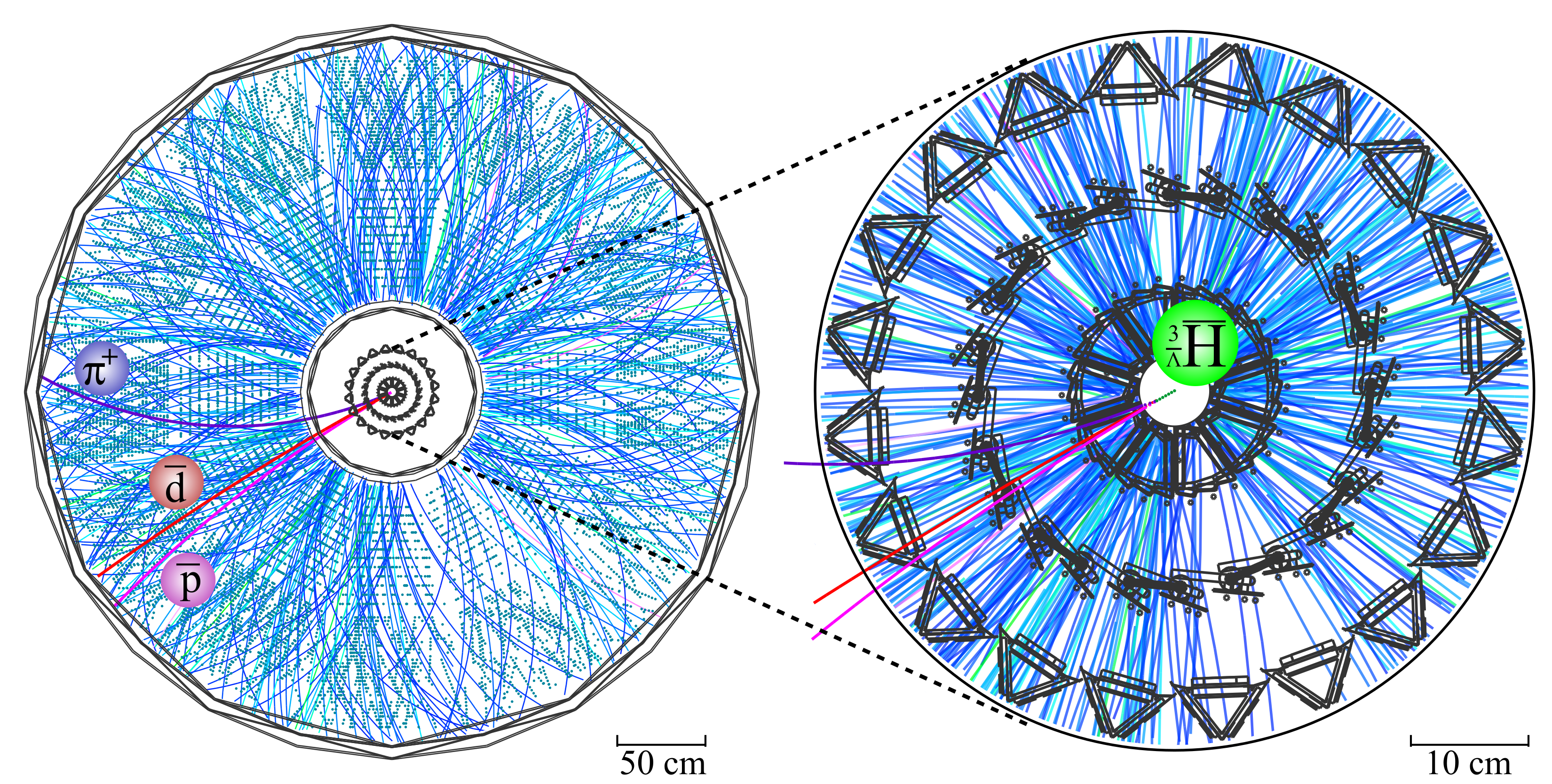
‘Strange’ Glimpse into Neutron Stars and Symmetry Violation
New results from precision particle detectors at the Relativistic Heavy Ion Collider (RHIC) offer a fresh glimpse of the particle interactions that take place in the cores of neutron stars and give nuclear physicists a new way to search for violations of fundamental symmetries in the universe.
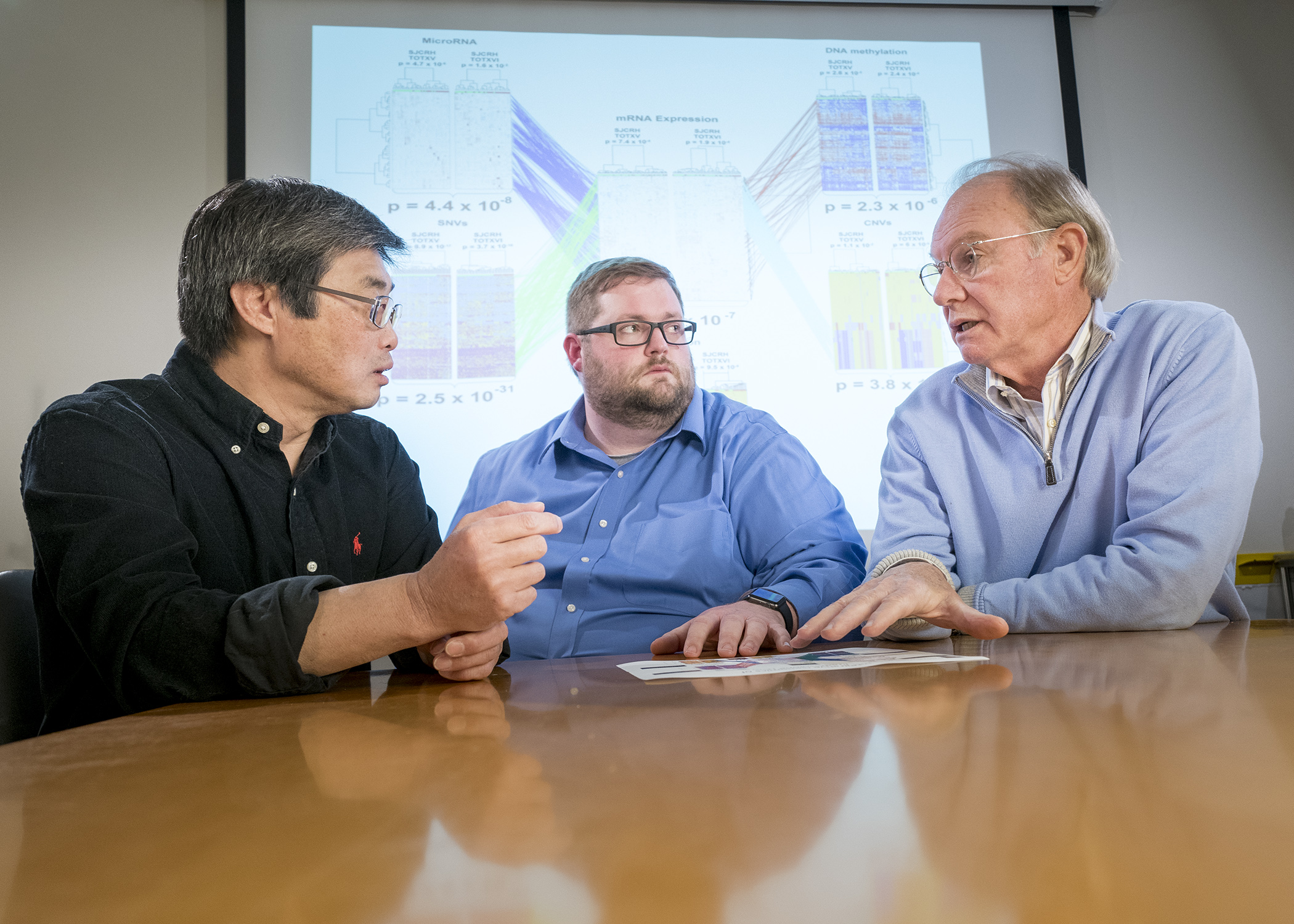
St. Jude finds cancer drug resistance genes and possibly how to limit their effects
Drug resistance is a leading cause of cancer death in children and adults with leukemia. St. Jude Children’s Research Hospital scientists have developed a novel strategy to find the genes responsible.
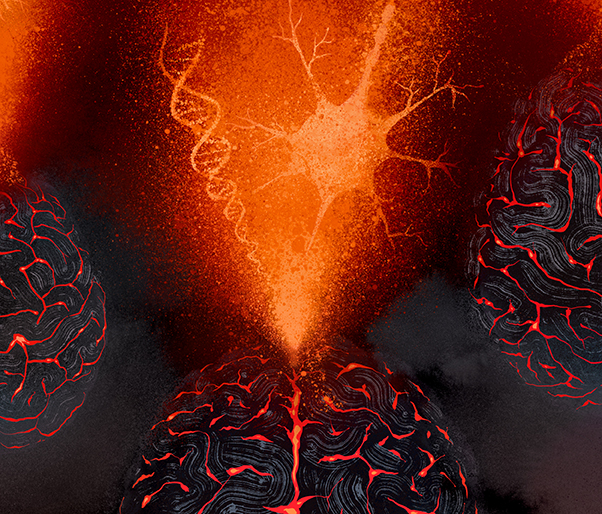
Scientists Create Tool to Detect Genes Associated with Psychiatric, Brain Diseases
Scientists at the UNC School of Medicine and colleagues created a new computational tool called H-MAGMA to study the genetic underpinnings of nine brain disorders, including the identification of new genes associated with each disorder.

Microscopic STAR Particles Offer New Potential Treatment for Skin Diseases
In a study to be published in the journal Nature Medicine, researchers report on using a skin cream infused with microscopic particles, named STAR particles, to potentially facilitate better treatment of skin diseases including psoriasis, warts, and certain types of skin cancer.
From climate change awareness to action
New research on how people’s worldviews affect their perceptions and actions could help policymakers and activists reframe the discussion around climate change mitigation.
Rice, know thy enemy: NSF grants $2.6M to study weedy invader
Many farmers struggle with an enemy that looks like a friend. Agricultural weeds that are close relatives of crops present a particular challenge to farmers because their physical similarities to the desirable species make them difficult to detect and eradicate. Along the way, the imitators compete with crops for water, nutrients and space — often depressing crop yields.
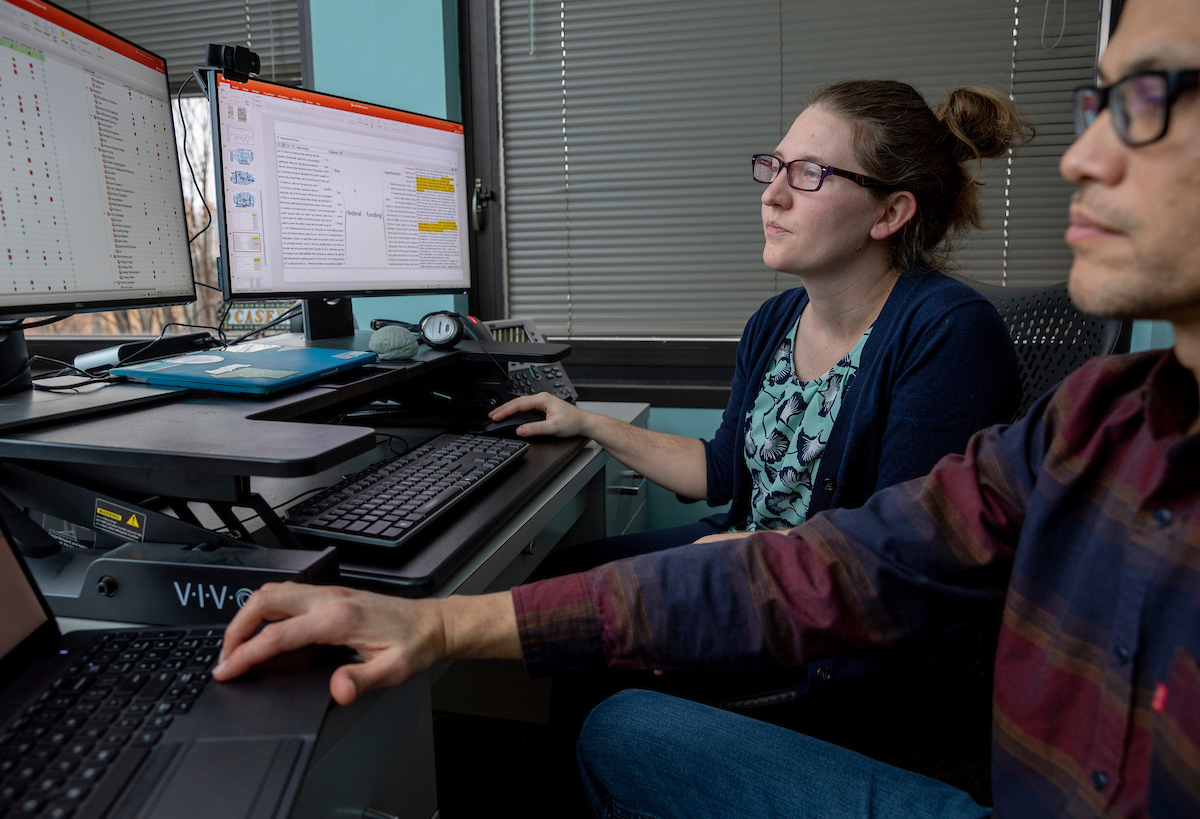
FCC to invest $176 million in broadband for Missouri’s rural areas
The Federal Communications Commission (FCC) will invest $176 million over 10 years to connect Missourians in rural areas to high-speed internet. But with more than 1 million residents who need access, systems expert Dr. Casey Canfield says bridging the digital divide will also take an investment in broadband research. “Analytical research can help decision-makers make more strategic investments in broadband infrastructure by using simulations to compare different approaches,” says Canfield.
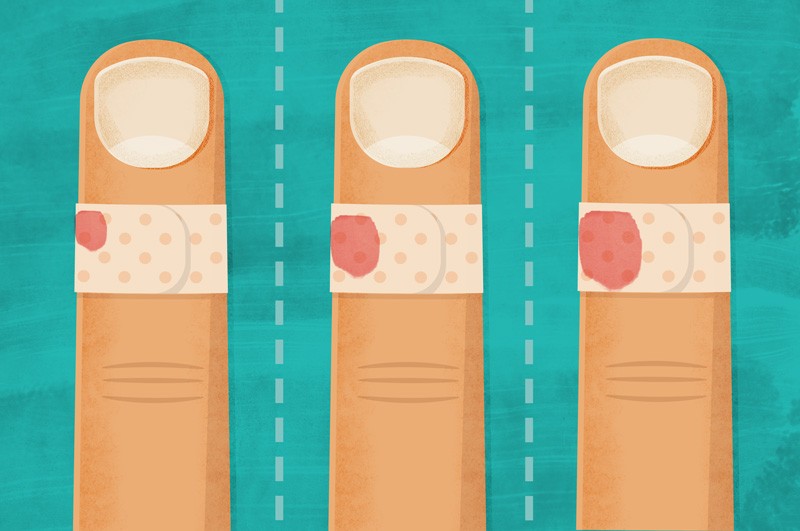
CLOTTING PROBLEM
New research into why some people’s blood doesn’t clot well identified defects in the platelet-making process, where mutant cells aren’t behaving properly. Because these cells have a variety of different direction and movement issues, patients will need personalized drug therapies and treatments to treat patient-specific mutations.
Paid Maternity Leave Has Mental and Physical Health Benefits for Mothers and Children
Paid maternity leave has major mental and physical health benefits for mothers and children – including reduced rates of postpartum depression and infant mortality, according to a report in the March/April issue of Harvard Review of Psychiatry. The journal is published in the Lippincott portfolio by Wolters Kluwer.
Two Weeks After Sports-Related Concussion, Most Patients Have Not Recovered
Less than half of patients with sports-related mild traumatic brain injury (mTBI) achieve clinical recovery within two weeks after injury, reports a study in Clinical Journal of Sport Medicine. The journal is published in the Lippincott portfolio by Wolters Kluwer.
POSTPONED: THE SCIENCE OF CONSCIOUSNESS CONFERENCE
Advisory – TSC April conference to be rescheduled
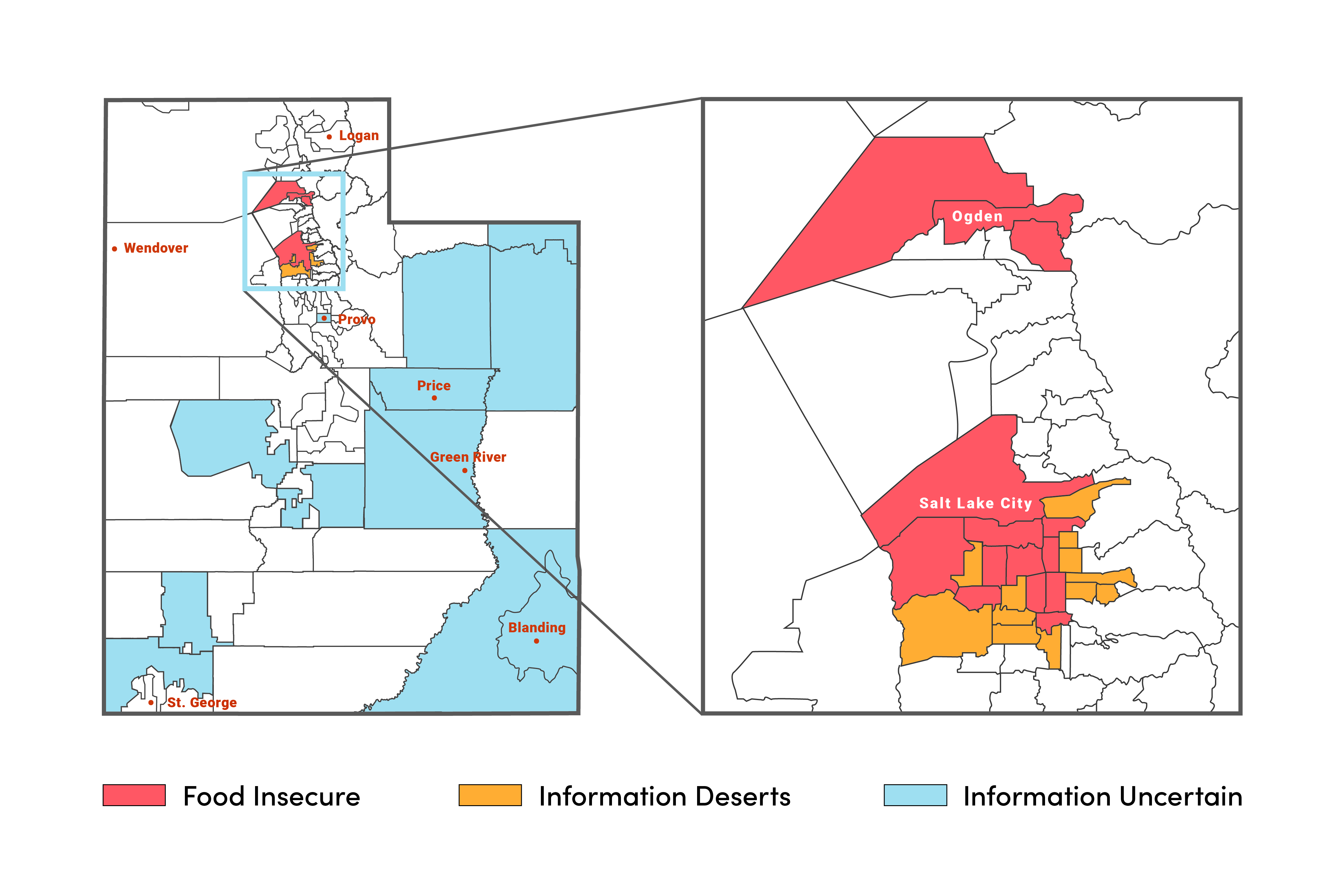
Lack of Information Impedes Access to Food Pantries and Programs in Utah
Utah residents who have difficulty keeping their families fed could be missing a key ingredient: information. A University of Utah Health study finds that poor communications in at least 22 Utah communities could be hampering efforts to connect those in need with food stamps, food banks, soup kitchens, and other food resources. Researchers say the finding could help refine future community food distribution efforts.
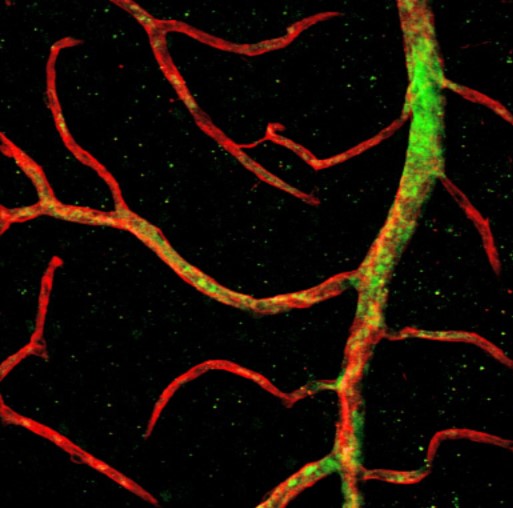
‘Primitive’ Stem Cells Shown to Regenerate Blood Vessels in The Eye
Johns Hopkins Medicine scientists say they have successfully turned back the biological hands of time, coaxing adult human cells in the laboratory to revert to a primitive state, and unlocking their potential to replace and repair damage to blood vessels in the retina caused by diabetes. The findings from this experimental study, they say, advance regenerative medicine techniques aimed at reversing the course of diabetic retinopathy and other blinding eye diseases.
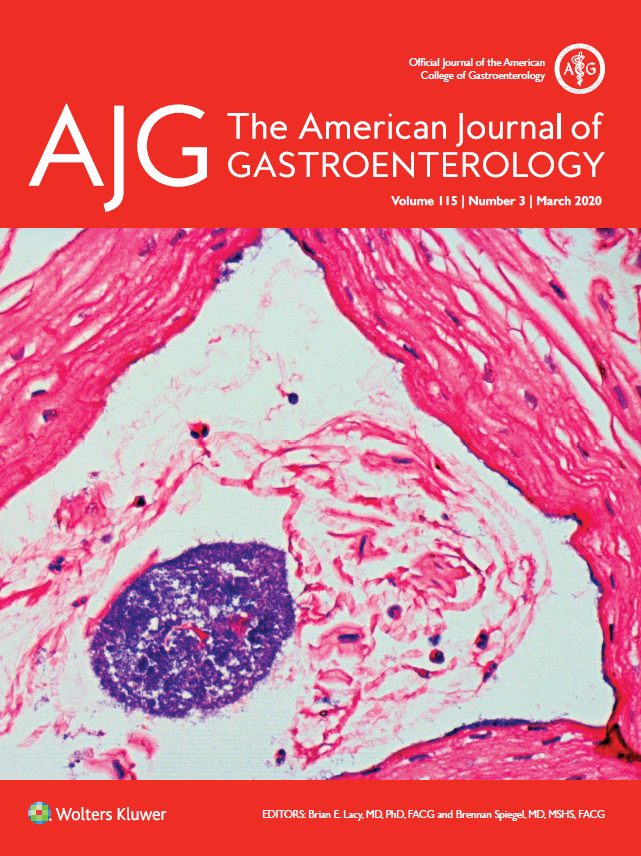
March 2020 Issue of The American Journal of Gastroenterology Includes Complementary & Alternative Therapies for Functional GI Disorders
The March issue of The American Journal of Gastroenterology features evidence-based articles related to complementary and alternative medicine therapies for functional GI disorders, a new ACG Clinical Guideline for the diagnosis and management of Chronic Pancreatitis, opioid-related constipation, and more.
Understanding COVID-19 Origins First Step to Treating Cases, Stopping Spread
“The new virus originating from Wuhan is the third coronavirus that has made the ‘jump’ from animals to humans,” explains Enrico Bucci, Ph.D., professor and research scientist at the Sbarro Health Research Organization (SHRO), at Temple University in Philadelphia.
Learning Empathy as a Care Giver Takes More Than Experience
Research among nursing students shows that past experience living in poverty or volunteering in impoverished communities, does not sufficiently build empathy towards patients who experience poverty.
CEL-SCI Initiates Development of Immunotherapy to Treat COVID-19 Coronavirus Infection
Immunotherapy using LEAPS peptide technology may be able to reduce COVID-19 viral load and tissue damage resulting from infection in the lungs.
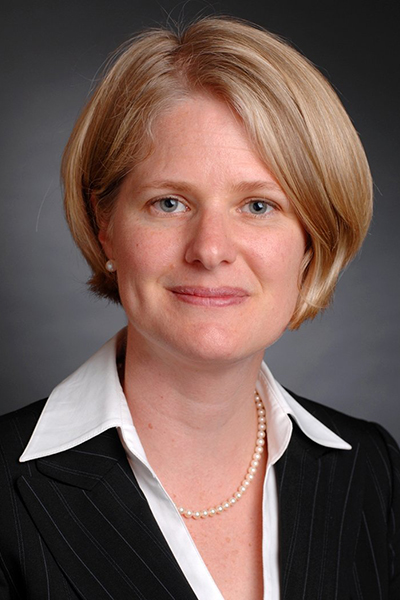
NCCN Announces Projects to Improve Ovarian Cancer Care, with AstraZeneca
The National Comprehensive Cancer Network (NCCN) Oncology Research Program (ORP) announces four projects selected to receive support directed towards improving the quality of care for advanced ovarian cancer patients, funded through a collaboration with AstraZeneca.
Food prices after a hard Brexit could increase by £50 per week
The effects of Brexit on different food types and what this will mean for families has been measured by research from the University of Warwick.
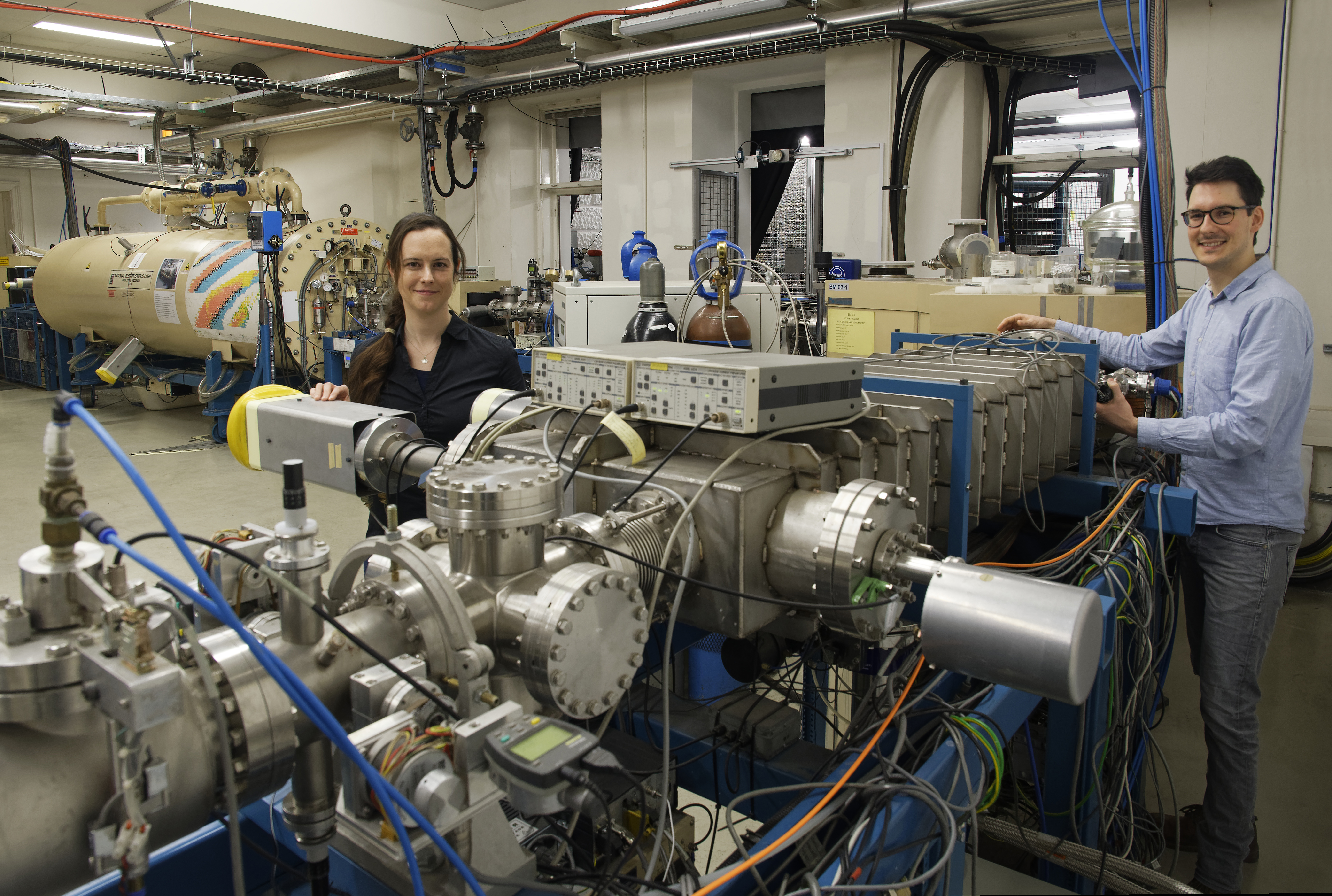
Atomic fingerprint identifies emission sources of uranium
Uranium is not always the same: depending on whether this chemical element is released by the civil nuclear industry or as fallout from nuclear weapon tests, the ratio of the two anthropogenic, i.e. man-made, uranium isotopes 233U and 236U varies. These results were lately found by an international team grouped around physicists from the University of Vienna and provides a promising new “fingerprint” for the identification of radioactive emission sources.
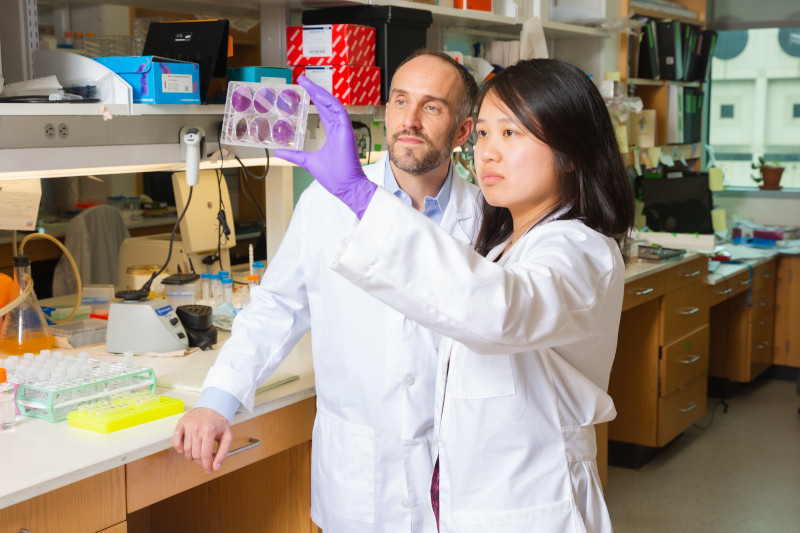
UTSW researchers and international collaborators find human protein that potently inhibits coronavirus
A protein produced by the human immune system can potently inhibit several coronaviruses, including the one behind the current COVID-19 outbreak.
Expert Team Tackles Thyroid and Parathyroid Diseases
When the thyroid and parathyroid glands don’t work well, the entire body feels out of balance. To tackle thyroid and parathyroid diseases, Nathan Boyd, MD, recently launched the UNM Thyroid and Parathyroid Surgery Program, housed at the UNM Comprehensive Cancer Center, to offer state-of-the-art treatments for these diseases.
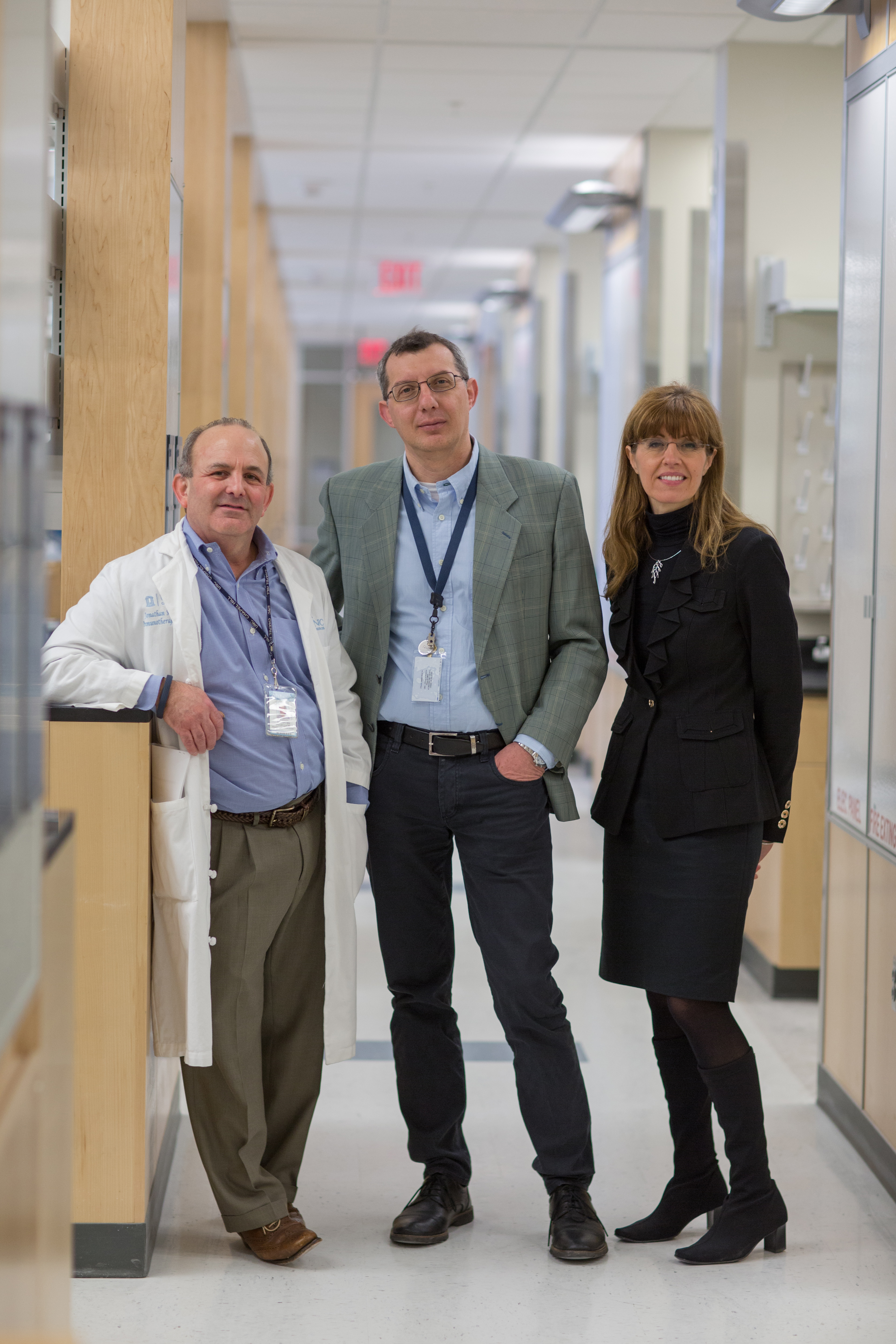
CAR-T immunotherapy for lymphoma studied at UNC Lineberger receives fast-track designation from FDA
Based on proof-of-concept results from clinical trials at University of North Carolina Lineberger Comprehensive Cancer Center and Baylor College of Medicine, an investigational cellular immunotherapy for Hodgkin lymphoma has received a Regenerative Medicine Advanced Therapy designation from the U.S. Food and Drug Administration.

How does flooding affect farms?
Patience is a virtue for on-farm flood recovery
First-ever analysis of video recorded CPR improves resuscitation outcomes in emergency departments
Less than 8 percent of people who suffer from cardiac arrest outside of the hospital survive the incident, according to the American Heart Association. To improve survivorship and better administer life-saving cardiopulmonary resuscitation (CPR), researchers and physicians at The Feinstein…
Better lifestyle habits are useful additions to optimize management of atrial fibrillation
American Heart Association scientific statement
Study uncovers bias and stereotyping when recruiting patients for clinical trials
New research reveals bias and stereotyping among clinical and research professionals who recruit patients to enroll in cancer clinical trials. The findings are published early online in CANCER , a peer-reviewed journal of the American Cancer Society (ACS). It is…
NUS invention: Enabling battery-powered silicon chips to work faster and longer
Technological breakthrough enables silicon systems to flexibly adapt to varying performance requirements and power availability, conserving battery life during normal use and scale up performance on demand surpassing industry-standard voltage scaling
Why organisms shrink
Everyone is talking about global warming. A team of palaeontologists at GeoZentrum Nordbayern at Friedrich-Alexander-Universität Erlangen-Nürnberg (FAU) has recently investigated how prehistoric organisms reacted to climate change, basing their research on belemnites. These shrunk significantly when the water temperature rose…
CAR-T therapy for lymphoma studied at UNC Lineberger receives FDA fast-track designation
CHAPEL HILL – Based on proof-of-concept results from clinical trials at University of North Carolina Lineberger Comprehensive Cancer Center and Baylor College of Medicine, an investigational cellular immunotherapy for Hodgkin lymphoma has received a Regenerative Medicine Advanced Therapy designation from…
More taxpayers’ money for the environment and public benefit
EU Common Agricultural Policy: More than 3,600 researchers call for science to be taken into consideration
New guideline provides pathway to end homelessness, with housing as the foundation
A collaborative approach is required to build health care pathways that will end homelessness in Canada. Clinicians can play a role by tailoring their interventions using a comprehensive new clinical guideline on homelessness published in CMAJ (Canadian Medical Association Journal)…
Commentary on an approach to Indigenous homelessness
Indigenous historian and York University professor Jesse Thistle and Dr. Janet Smylie, a Métis family physician and research chair at Unity Health Toronto and the University of Toronto, who are leading the development of a separate guideline specifically to address…
Residencies must train residents to treat substance use disorder among pregnant women
Maternity care and buprenorphine prescribing in new family physicians
Lack of information impedes access to food pantries and programs in Utah
Utah residents who have difficulty keeping their families fed could be missing a key ingredient: information. A University of Utah Health study finds that poor communications in at least 22 Utah communities could be hampering efforts to connect those in…
Sticky tape: A key ingredient for mapping artifact origins
Researchers at the RIKEN Nishina Center for Accelerator-Based Science in Japan have demonstrated that combining a highly sensitive sulfur analysis technique with simple sulfur-free tape is an effective and harmless way to test extremely small samples of vermilion from artifacts…
Photosynthesis varies greatly across rice cultivars–natural diversity could boost yields
A new study uncovers how 14 diverse rice plants harness fluctuating light to fix carbon dioxide into food–our team found a 117% difference, suggesting a new trait for selection.
SwRI supports commercial satellite servicing
Avionics for critical systems support first Mission Extension Vehicle, satellite docking
Is your coffee contributing to malaria risk?
Deforestation for consumer products increases malaria transmission
Experts discover toolkit to repair DNA breaks linked to aging, cancer and MND
Experts discover a new ‘toolkit’ of proteins which can repair breaks in DNA.? An accumulation of DNA breaks can cause ageing, cancer and Motor Neurone Disease (MND).? The finding could also help repair DNA breaks caused deliberately during chemotherapy treatment…
Machine learning could improve the diagnosis of mastitis infections in cows
The new study, published today in Scientific Reports , has found that machine learning has the potential to enhance and improve a veterinarian’s ability to accurately diagnose herd mastitis origin and reduce mastitis levels on dairy farms. Mastitis is an…
A flexible brain for AI
Researchers at Osaka Univ. fabricate an energy efficient reconfigurable computing engine that can be rewired to optimize its performance for artificial intelligence tasks. This work may lead to inexpensive and eco-friendly custom machine learning hardware
Safety zone saves giant moons from fatal plunge
Numerical simulations showed that the temperature gradient in the disk of gas around a young gas giant planet could play a critical role in the development of a satellite system dominated by a single large moon, similar to Titan around…
Why organisms shrink
Everyone is talking about global warming. A team of palaeontologists at GeoZentrum Nordbayern at Friedrich-Alexander-Universität Erlangen-Nürnberg (FAU) has recently investigated how prehistoric organisms reacted to climate change, basing their research on belemnites. These shrunk significantly when the water temperature rose…
CAR-T therapy for lymphoma studied at UNC Lineberger receives FDA fast-track designation
CHAPEL HILL – Based on proof-of-concept results from clinical trials at University of North Carolina Lineberger Comprehensive Cancer Center and Baylor College of Medicine, an investigational cellular immunotherapy for Hodgkin lymphoma has received a Regenerative Medicine Advanced Therapy designation from…
More taxpayers’ money for the environment and public benefit
EU Common Agricultural Policy: More than 3,600 researchers call for science to be taken into consideration
New guideline provides pathway to end homelessness, with housing as the foundation
A collaborative approach is required to build health care pathways that will end homelessness in Canada. Clinicians can play a role by tailoring their interventions using a comprehensive new clinical guideline on homelessness published in CMAJ (Canadian Medical Association Journal)…
Better lifestyle habits are useful additions to optimize management of atrial fibrillation
American Heart Association scientific statement